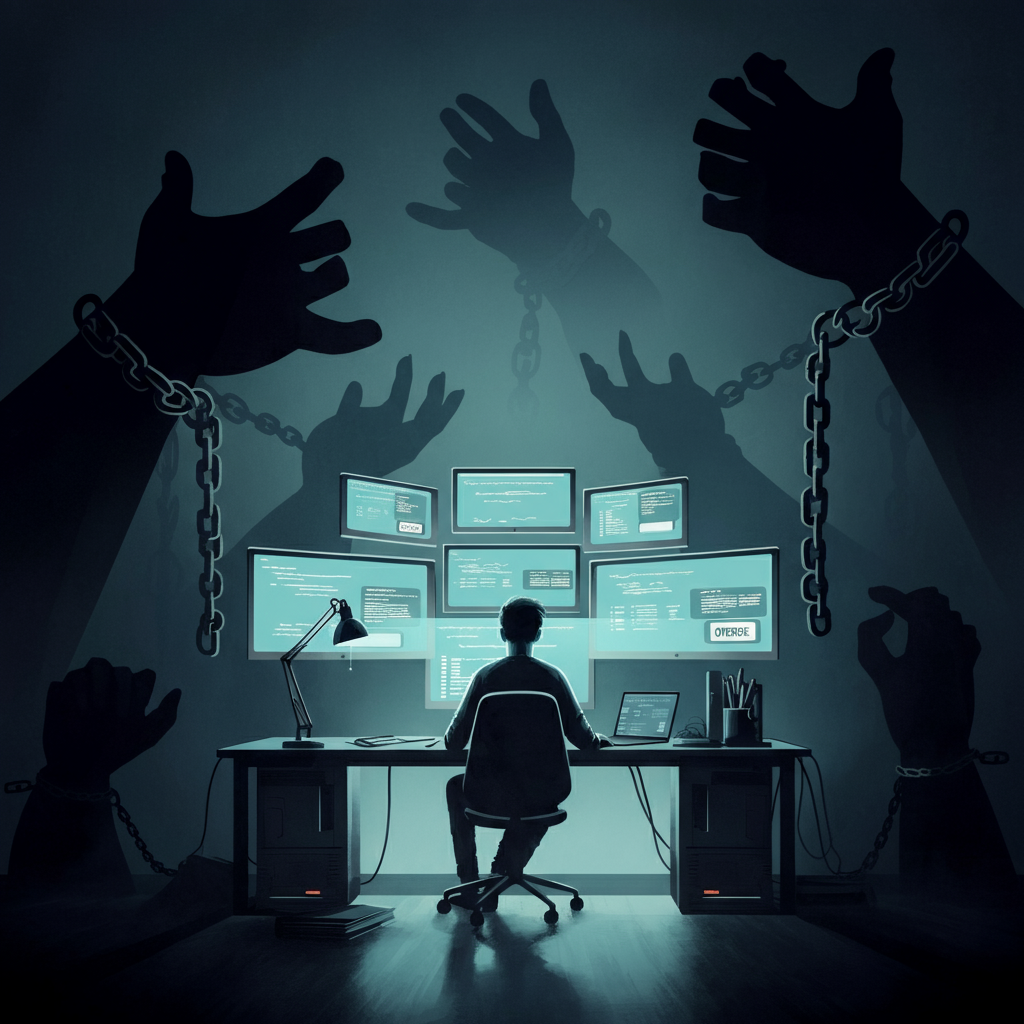Freelancing Is Not A Long-Term Solution
Are you a freelancer contemplating your next career move? If so, you're not alone.
The years 2023 and 2024 have brought considerable challenges for freelance software developers worldwide, as professionals in both freelance and traditional roles face significant hurdles in the industry.
You might be wondering: Is being a freelancer sustainable? Are the good years over? Will next year be better than this year?
Many freelancers overlook the challenges of their current situation and fail to recognize that things might not be going as well as they seem. This is why I felt compelled to write this today.
The Risk of Freelancing
Freelancing offers flexibility and independence, but it's not without risks. Relying solely on freelance work can be precarious, with income fluctuations, client dependencies, and lack of benefits. In an unpredictable global economy, these risks may intensify, making freelancing a less viable long-term option. Sure, freelancing offers more freedom. You might even manage to take a few weeks off occasionally while still earning as much as your employed peers. However, this freedom, along with time off to enjoy other aspects of life, can come at a cost to your professional growth. While work-life balance is essential for most people, taking time away—whether by choice or due to a lack of freelance opportunities—can hinder your career development and limit your potential for growth.

Be Realistic About Your Status Quo Numbers
What I often see freelancers doing is viewing their freelance career through rose-colored glasses. It's easy to focus on the high earnings during peak periods or the lifestyle freedom freelancing can offer, while ignoring the many percents that are going into social security and business expenses. These deductions really lower your effective annual salary. So often have I seen freelancers basically equate billed days with gross salary which it totally is not. And I am not even talking about risk adjustment premiums for the fact that you do not have a secure job.
If you e.g. bill your clients 100K per year, this often means your equivalent salary is closer to 70K or maybe even just 60K.
Why?
As a freelancer, you bear the full cost of social security, along with business expenses such as a computer, a coworking space, or even a dedicated area in your home. Additionally, you need to account for time spent on training and the cost of training materials. Together, these factors can quickly consume 30% or more of your billable days revenue, leaving a significant impact on your overall income.
Planning for the Future Now Is Not Negotiable
To mitigate these risks, it's crucial to think beyond the present. Building a stable client base is just the beginning. You must form a reliable team that can support operations even when you're unavailable. Otherwise you can never be on vacation, never be sick, on parental leave and so on.
From Freelancer to Business Owner
Transitioning to a scalable business model isn’t just essential for long-term stability—it’s a gateway to new income streams and strategic growth. It’s more than building a safety net for your career; it’s about creating the potential to step back from daily operations entirely. Think of your freelancing career as the foundation for something greater, much like how Apple started by selling assembled computers before evolving into the tech giant it is today. With time and vision, what begins as a small endeavor can grow into something extraordinary.

Need Help? Just ask.
Ready to take the next step in your freelance journey? Let's talk!
This article is not financial, tax or legal advice by any means.
I am only sharing my own personal experiences here.
Always seek professional financial, tax or legal advice before making decisions.



